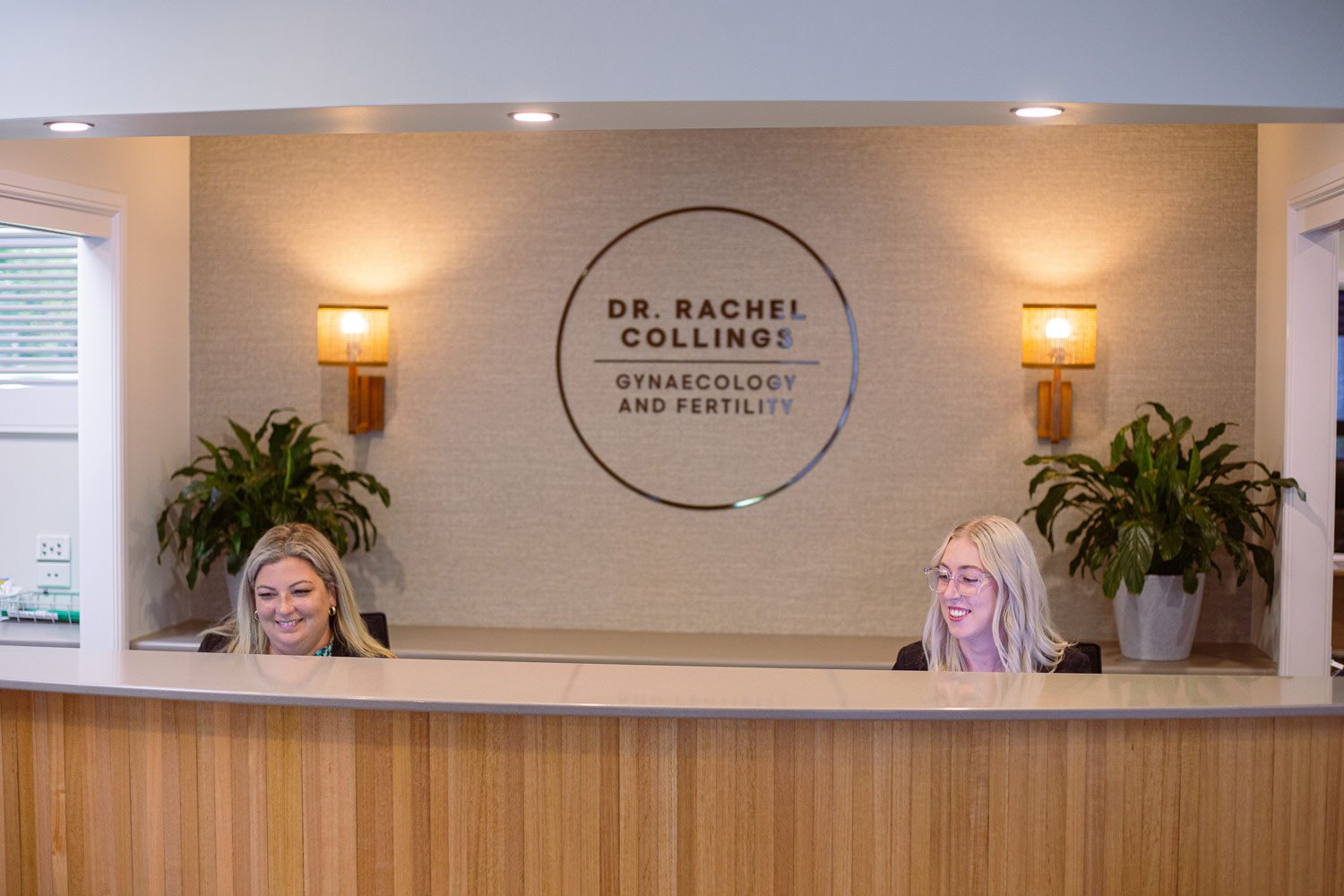MAKING A BOOKING

Booking in with us:
Get your referral
Book in to see your GP and request a referral to: Dr Rachel Collings. SANA Health Centre, Suite 15/9 Scott Street, Toowoomba, 4350.
Call our lovely team
Call us to book your appointment. Depending on your circumstances, we may also help you organise some investigations that Dr Rachel would like you to undertake prior to your appointment.
attend your consult
Attend your appointment. Our lovely staff will make you feel welcome. Not sure what to bring? View our FAQs here.

